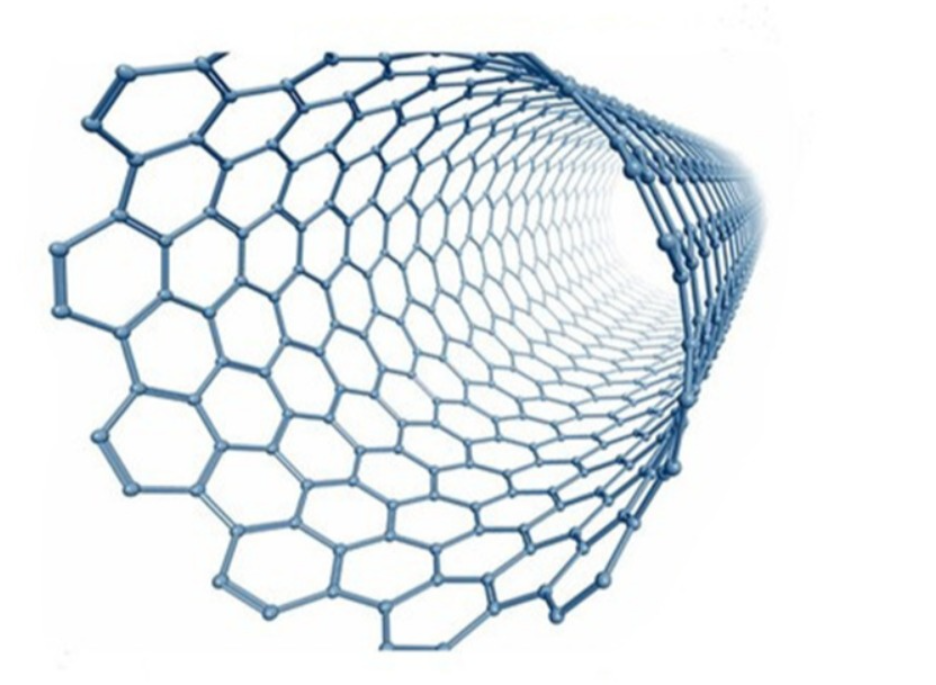Carbon Nanotubes in Energy Storage and Water Purification: Technology Drivers and Market Outlook

Introduction: Powering and Purifying the Future with Nanocarbon
In the age of clean energy and environmental sustainability, materials innovation plays a pivotal role. Carbon Nanotubes (CNTs)—due to their exceptional strength, electrical conductivity, and high surface area—are proving indispensable in two critical domains: energy storage and environmental purification. From lithium-ion batteries to advanced water filters, CNTs are reshaping what’s possible in efficiency, size, and performance.
Part 1: CNTs in Energy Storage—Beyond Conventional Capacity
1.1 Reinforcing Lithium-ion Battery Performance
Carbon nanotubes are being widely adopted as additives or active components in lithium-ion battery electrodes. Here’s why:
-
High Conductivity: CNTs form a 3D conductive network within the electrode, improving electron transport.
-
Mechanical Reinforcement: Their high tensile strength supports volume change in silicon-based anodes.
-
Thermal Stability: CNTs dissipate heat, reducing thermal runaway risks.
Applications:
-
Electric vehicles (EVs)
-
Consumer electronics (phones, laptops)
-
Energy storage systems for solar & wind
📊 Performance Boost: Studies show that a CNT-enhanced anode can boost battery cycle life by 30–50% and improve fast-charging efficiency.
1.2 Supercapacitors and Hybrid Devices
CNTs are ideal for supercapacitor electrodes, especially when paired with pseudocapacitive materials like MnO₂ or conducting polymers.
-
Advantages:
-
Ultra-fast charge/discharge cycles
-
Longer lifetime than batteries
-
Enhanced power density when combined with graphene
-
⚡ Commercial Use: CNT-based EDLCs are being deployed in hybrid buses, regenerative braking systems, and data center UPS units.
1.3 Emerging Energy Storage Technologies
-
Sodium-ion and Zinc-ion Batteries: CNTs serve as hosts for alternative ion storage.
-
Solid-state Batteries: CNTs enhance ionic conductivity and interface compatibility.
-
Flexible Batteries: CNT films enable bendable, wearable power sources.
Part 2: CNTs in Water & Air Filtration—Molecular-Level Control
2.1 CNT Membranes for Water Purification
CNTs are being integrated into nano-membranes for ultra-efficient filtration:
-
Mechanism:
-
Nano-sized pores allow water to pass while blocking bacteria, viruses, and heavy metals.
-
Functionalized CNTs adsorb organic pollutants, PFAS, and pharmaceuticals.
-
-
Advantages:
-
Faster flow rate due to slip-flow in CNT pores
-
Anti-fouling surfaces prevent biofilm buildup
-
Long-term stability under high pressure
-
💧 Real-World Use: Several commercial point-of-use filters (e.g., for households in India and China) already incorporate CNT-polymer membranes.
2.2 Industrial Wastewater Treatment
Industries such as textiles, semiconductors, and mining are exploring CNTs for:
-
Removal of dye molecules
-
Arsenic and lead adsorption
-
Oil-water separation
Benefits:
-
Reduced chemical use
-
Smaller footprint for treatment facilities
-
Reusability and low maintenance
2.3 CNTs in Air Filtration & Gas Separation
CNTs are also used in:
-
HEPA-grade air filters with electrostatic enhancement
-
CO₂/N₂/O₂ separation membranes for industrial gas processing
-
VOC removal systems in confined environments (e.g., aircraft cabins)
Part 3: Market Growth and Industry Investment
3.1 Energy Storage Market Projections
According to IDTechEx and MarketsandMarkets:
-
CNT-enhanced battery materials market is projected to reach $3.8 billion by 2030
-
Major adopters: Tesla, CATL, LG Chem, BYD
-
CNT demand is growing at >20% CAGR due to the EV boom and energy storage expansion
3.2 Filtration Sector Growth
-
CNT-based filtration systems are gaining traction in:
-
Municipal desalination plants
-
Personal portable purifiers
-
Industrial process water reuse systems
-
Projected CNT filtration membrane market:
From $100M in 2024 → $750M by 2031
3.3 Global Innovation Landscape
| Region | Strength | Leading Players |
|---|---|---|
| China | Production scalability, EV integration | BAK, Huawei Materials |
| USA | Military & NASA-grade batteries, water tech | Nantero, Seldon Tech |
| EU | Sustainability & regulation-compliant membranes | BASF, Arkema |
Part 4: Current Challenges and Innovation Focus
Despite their promise, CNTs face barriers:
-
Cost: High-purity SWCNTs remain expensive
-
Dispersion: Agglomeration hinders uniform performance
-
Safety: Inhalation toxicity concerns require surface modification
Solutions in development:
-
Continuous CVD processes reducing cost by 70%
-
Polymer-functionalized CNTs for stable dispersion
-
Biocompatible coatings (PEG, chitosan) improving safety for consumer use
Conclusion: CNTs Enable Cleaner, Smarter Infrastructures
Carbon nanotubes are no longer just a lab curiosity—they are powering real-world energy systems and protecting water supplies around the world. As production becomes more scalable and safe, their impact on clean energy, grid resilience, and human health will only grow.
✅ Whether you’re developing EV batteries or next-gen water treatment systems, CNTs provide the conductivity, stability, and scalability to transform performance and economics.

